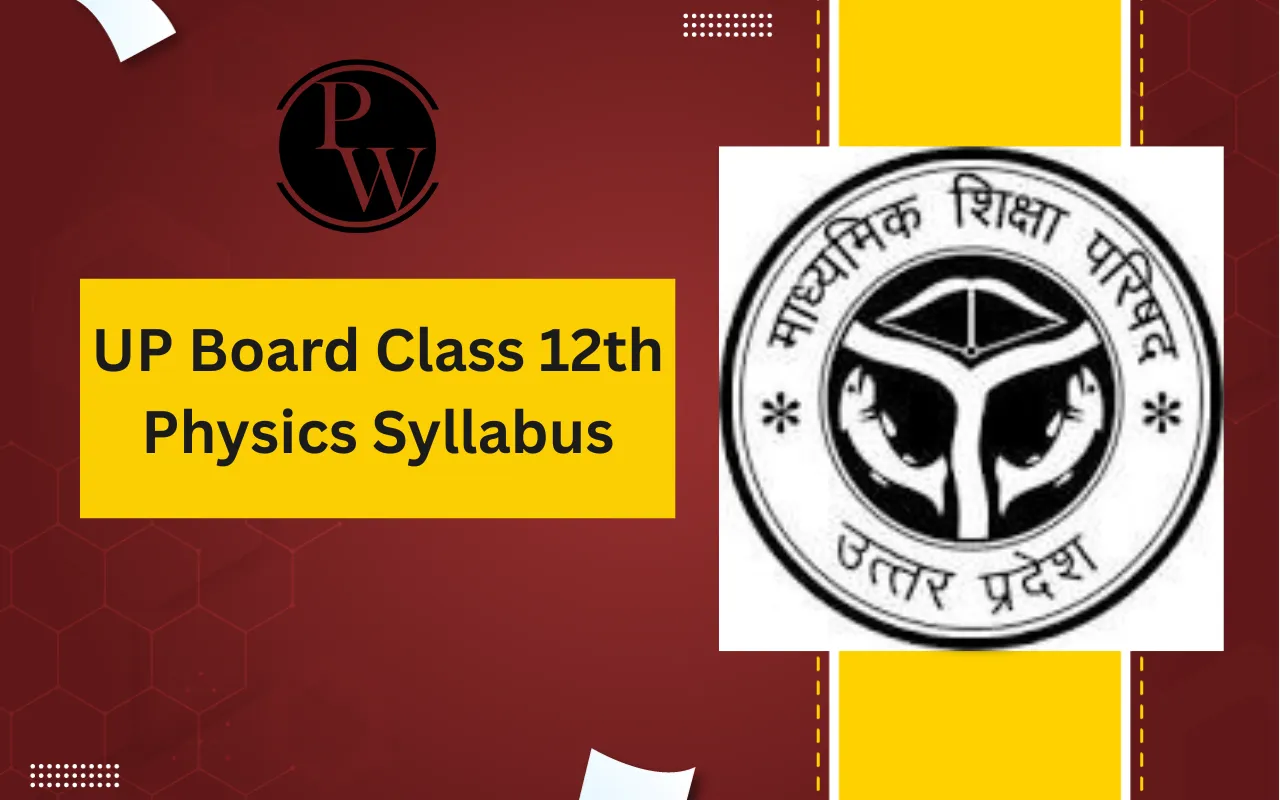
UP Board Class 9 Computer Syllabus 2025: Every year UPMSP announces the UP Board Class 9 Computer Syllabus and this year the syllabus gives importance to learning how in this ever-changing world, learning about technology is essential for staying updated with the trends.
The UP Board examination Class 9 Computer Syllabus 2024 is divided into 2 categories– written exam (70 marks) and internal assessment (30 marks). It has been made clear that it is mandatory to pass both the written exam and the project work. Read the full article to get complete information about the syllabus.
UP Board Class 9 Computer Marking Scheme 2024-25
The Computer Science exam is divided into two parts:
-
Written Examination: 70 Marks
-
Internal Assessment (Project Work & Practical): 30 Marks
-
Total Marks: 100
UP Board Class 9 Computer Marks Distribution
The syllabus 2025 primarily focuses on these units while giving a clear idea about the important units. This gives the students a great opportunity to focus on high weightage units like Unit 2 and Unit 4 and 5. Students should prepare these units well in advance to score well. Here’s a clear understanding of the syllabus:
|
UP Board Class 9 Computer Unit-wise Marks Distribution |
||
|
Unit No. |
Unit Name |
Marks |
|
Unit 1 |
Computer Fundamentals and Evolution |
10 |
|
Unit 2 |
Operating System |
10 |
|
Unit 3 |
Office Tools |
10 |
|
Unit 4 |
Programming Techniques |
10 |
|
Unit 5 |
Computer Communication and Networks |
10 |
|
Total |
- |
50 |
With 50 marks under your control, the syllabus also includes a Practical Examination of 20 marks, bringing a total to 70 marks for the written and practical assessments combined.
The Internal Assessment is divided into three parts:
-
First Internal Assessment Exam: August – 10 marks
-
Second Internal Assessment Exam: December – 10 marks
-
Four Monthly Tests: May, July, November, and December – Total 10 marks
This division of marks allows students to work hard and score well. This approach ensures good theoretical knowledge and practical skills throughout the academic year.
UP Board Class 9 Computer Syllabus 2024-25 PDF
The UPSMP lays complete focus on all the units, and divides the marks strategically among various sections. The updated computer syllabus will provide you with all the information including the marking scheme, the exam pattern and detailed description of each unit. Before preparing for the exam, go through the syllabus and create a strategic study plan.
Do you need help with your homework or preparing for exams?
Study without using the internet
Detailed UP Board Class 9 Computer Syllabus 2025
The detailed syllabus allows students to cover every topic diligently and along with this, focus on high weightage topics to gain marks easily. Here’s a detailed list of all the sub topics included in each unit:
-
Computer Fundamentals and Evolution
-
Basics of Computers
-
Generations and Evolution of Computers
-
Components and Functioning
-
Operating System
-
Introduction to OS
-
Types of Operating Systems (Windows, Linux, etc.)
-
Basic Operations
-
Office Tools
-
Word Processing (MS Word, Google Docs)
-
Spreadsheet Software (Excel, Google Sheets)
-
Presentation Software (PowerPoint, Google Slides)
-
Programming Concepts and Techniques
-
Basics of Programming
-
Introduction to a Programming Language (Python or C)
-
Simple Coding Practices
-
Computer Communication and Networking
-
Networking Basics
-
Types of Networks (LAN, WAN, etc.)
-
Internet Basics
How to Prepare for the UP Board Class 9 Computer Exam 2025?
-
It’s important to thoroughly understand the syllabus and allot time to each unit according to the weightage of marks they carry.
-
Learn the basics i.e., strengthen your knowledge of fundamentals, networking, and evolution.
-
Focus on internal assessment as well i.e., complete your projects on time as it contributes to the final score.
-
In regards to Unit 3, get hands-on experience with spreadsheets, word processing, and presentation software.
-
To gain mastery in all the units, practice previous years’ papers and take timed mock tests to analyse your performance and work on weak areas accordingly.
UP Board Class 9 Computer Syllabus FAQs
Are there multiple-choice questions (MCQs) in the exam?
How can I score full marks in the Computer exam?
Is the computer subject compulsory in UP Board Class 9?










